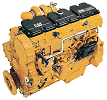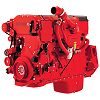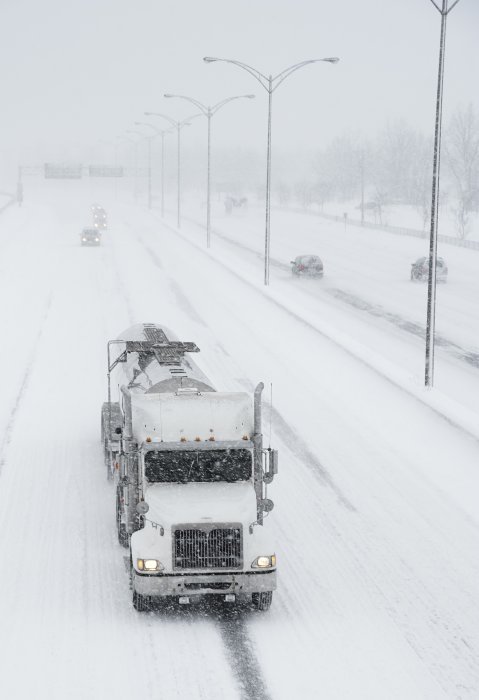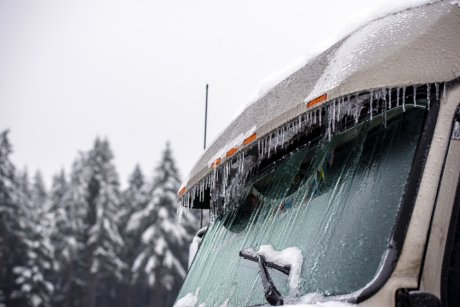Winterizing Your Diesel Fuel System
 Diesel fuel can gel or even solidify in winter weather. You may experience inconvenient, expensive down time or incur towing charges due to no-starts or even engine shut-down unless you take preventative steps.
Diesel fuel can gel or even solidify in winter weather. You may experience inconvenient, expensive down time or incur towing charges due to no-starts or even engine shut-down unless you take preventative steps.
Diesel fuel contains paraffin wax (petroleum wax). Gelling occurs when the wax crystals form and fall out of the fuel. These wax crystals, along with ice form in the fuel and begin to clog filters and will prevent equipment from operating. That thickening is called “diesel gelling” and can prevent an engine from getting fuel.
At 32 degrees Fahrenheit, the wax will start turning from liquid to crystals. At 10-15 degrees Fahrenheit, it will turn to gel. That gel clogs the fuel filters and tank. Gelling (when the fuel becomes thicker), is also called “cloud point.”
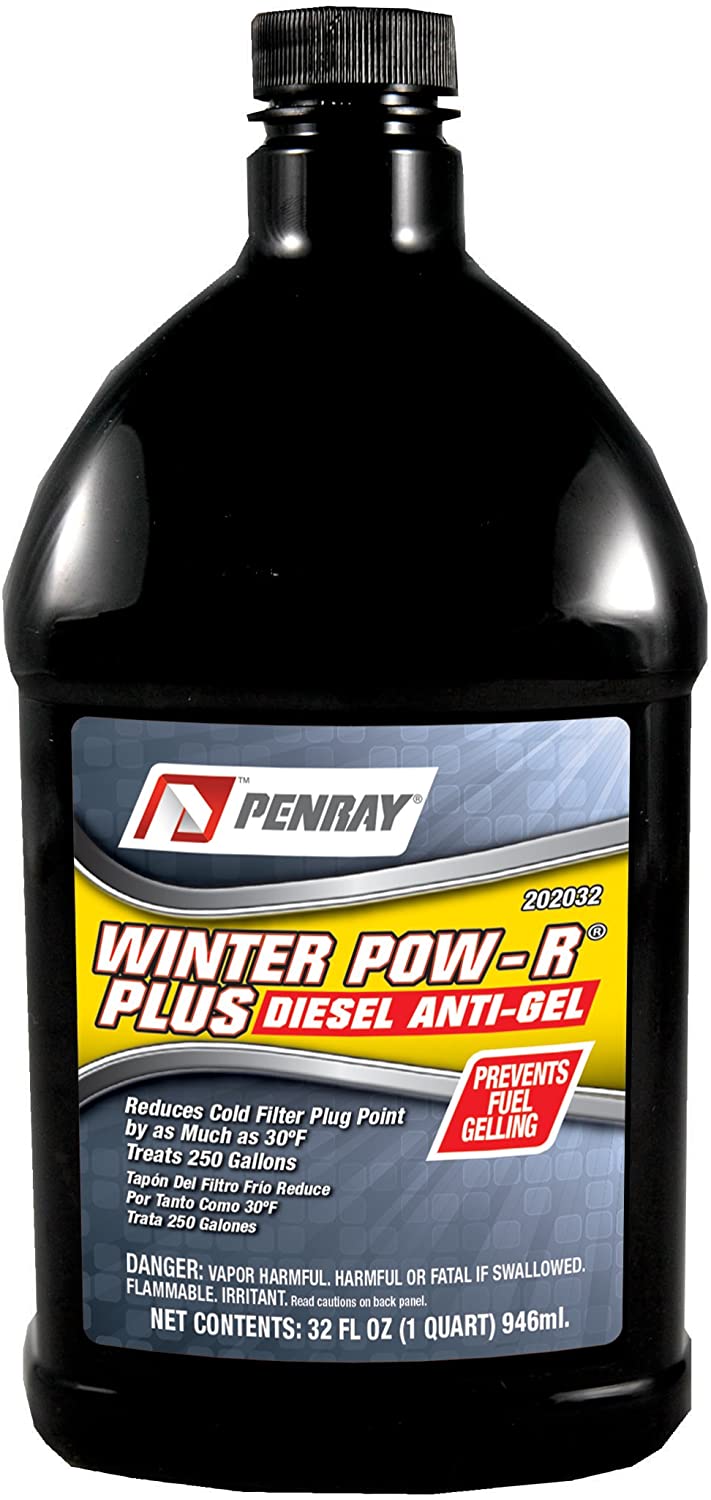 Sometimes the fuel in the tank will not appear to be gelled at all, but the accumulation of wax deposits in the filter will build-up to the point where fuel flow stops completely. Water in fuel can be a problem at any temperature below 32 degrees Fahrenheit. Certainly, ice causes problems in filters but it is more likely to completely block the fuel pump inlet or fuel lines as it freezes solid at low points in the system.
Sometimes the fuel in the tank will not appear to be gelled at all, but the accumulation of wax deposits in the filter will build-up to the point where fuel flow stops completely. Water in fuel can be a problem at any temperature below 32 degrees Fahrenheit. Certainly, ice causes problems in filters but it is more likely to completely block the fuel pump inlet or fuel lines as it freezes solid at low points in the system.
Penray’s complete line of winter fuel treatment products address these problems. Penray diesel anti-gel additives will keep your fuel flowing when the temperature drops. Winter POW-R and Winter Blend formulas use trademarked HAFI (Hybrid Anti-settling Flow Improving) technology, combining powerful anti-gel that prevents wax crystal growth, dispersants to prevent microscopic crystals from settling and glycol ethers (like used in jet fuel) to prevent icing.
All of Penray’s winter treatments are formulated and packaged for maximum effectiveness. You won’t need to use double dose, triple dose or even higher treat rates with Penray products. Penray winter products are recognized by drivers as the way to keep trucks moving when cold weather sets in.
Winterizing Steps:
1. Dry out the system
Before the cold weather sets in, dry your fuel system with a water-removing fuel additive such as Penray Nox-Ice 5113. These are very inexpensive, Isopropanol additives that remove any existing water from your fuel system. Make sure that your tank is at least one-half full and pour in a quart 12oz bottle of Nox-Ice.
2. Change the fuel filter
Install a fresh, clean fuel filter. An old fuel filter will plug much faster than a new one.
3. Use a Winter additive
Treat your fuel with Winter fuel treatment, such as Penray Winter Pow-R Plus 202012 and 202032. These products address both water and wax in the fuel. They are inexpensive and effective cold weather aids available for both ULSD and Biodiesel fuels.
4. Carry an emergency treatment
If you follow the above steps you won’t likely need it, but you’ll come across someone on the side of the road that does! Penray Winter Thaw Emergency Diesel Fuel Treatment 202132 thaws gelled fuel and prevent fuel re-gelling/waxing with a pour point depressant/wax crystal modifier. It restores fuel flow and stops fuel icing via isopropanol and a water dispersant.
5. Inspect fuel lines and heaters
Check your fuel lines and heaters for proper operation and blockages. If you have separate fuel lines to your heater, consider that it has been off all Summer. It is wise to check it out.
Foley RIG360 locations are here to help in all weather conditions. We offer a variety of services in Kansas and NE Missouri that are designed to save you both time and money. Contact us today to schedule your next preventative maintenance visit today: (866) 434-3813.

